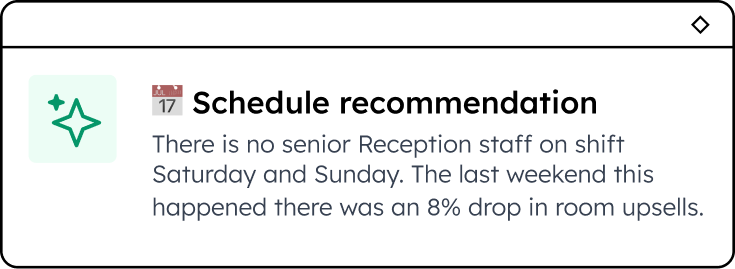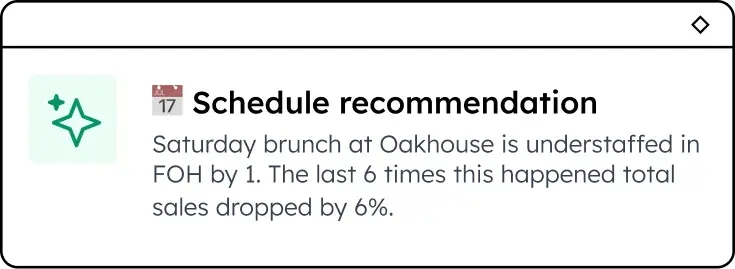How technology is solving the NHS's £2500-a-shift problem
According to new reports, nursing agency spending in the NHS rose by 20% last year. While there is no quick fix to the UK’s nursing shortage, technology can help reduce agency usage and costs. Read on to learn how.
5 minute read
What is happening to agency costs across UK health and social care?
Many were shocked by last week’s headlines claiming that the NHS is so desperately short of nurses it is paying up to £2,500 a shift for agency staff.
While that eye-popping figure is very much an outlier, the broader trends are equally concerning.
The NHS caps agency rates at 55% above the ‘normal’ rate - unless patient safety is at risk. Last year, agencies were paid more than the cap for 40% of nurse shifts. As a result, more than a third of trusts said their most expensive nursing shifts cost more than £1,000.
In 2021, the cumulative effect was £500m more spent on agency nurses, taking the total to £3bn.
The situation is similar in social care, where nurses are just one of several vital roles in short supply. Providers can pay up to three times the hourly rate to fill vacancies at short notice.
Why are health and social care agency staff costs rising?
The simple answer is market dynamics, though the reality is more complex. One in ten NHS posts is currently vacant - 130,000 roles. There are a further 165,000 vacancies in social care - that's a deficit of around 300,000.
The direct impact is a greater need for temporary staff to provide the hours these services require. But higher demand for agency staff and a static or decreasing labour supply also makes agency work more attractive to those currently in contracted roles.
As if that wasn’t enough of a vicious cycle, service demand is only expected to grow. So even if the NHS or social care became fully staffed, more staff are needed to maintain service levels.
.jpg?width=764&height=509&name=nicolas-j-leclercq-fbovpZ4GuLg-unsplash(2).jpg)
What is the Government’s response?
In its response to the most recent media reports, the Government said it expects spending to fall by at least 10% this year due to the cap.
Northern Ireland will ban its health and social care trusts from using agency social workers from June 2023. Agency workers will be offered permanent contracts instead.
The Government also says a new workforce plan is in development to “help ensure the health service has the staff it needs in the future”.
Later this week, Prime Minister Rishi Sunak will set out his economic plans. How he and Chancellor Jeremy Hunt hope to balance the UK’s finances will tell us more about what, if any, funding will be channelled into health services. Sector leaders have repeatedly asked for more money to help with soaring costs, including recruitment and staffing.
What action can health and social care providers take to reduce agency hours and costs?
1) Embrace new ways of working
A lack of flexibility in healthcare roles is one of the main reasons people are deciding to leave the sector. For example, 90% say they would benefit from more flexibility, yet 71% have little or no say over when they’re working.
Our Flex Appeal report found there is strong interest from staff in new ways of working such as a four-day working week as standard, split shifts, and flexible hours.
Giving employees more say over their schedules can result in them picking up more shifts overall. Numerous studies have shown a correlation between greater flexibility, lower burnout, and work-related stress. That means fewer sick days, so less additional cover should be required.
2) Find ways to improve staff happiness and reduce turnover
Keeping great people is always important. But when recruitment is more challenging, it becomes imperative - even more so when large numbers of people are leaving the sector entirely.
Higher retention rates don’t just mean fewer shift vacancies; they are closely related to increased productivity and better continuity and quality of care.
Providers should focus on:
- Employee recognition and reward programmes
- Providing mental health and well-being support
- Improving internal communication
3) Simplify shift cover with Sona
Our customers are reducing agency costs by up to 40% by using Sona to fill more vacant shifts.
Sona’s Shift Filler is a new way to fill gaps in your rota with your own staff instead of using an agency. It effectively creates an ‘internal marketplace’ for shifts, enabling eligible employees to pick overtime shifts in seconds across locations.
Because customers can see significant reductions in agency hours used in just weeks, this is a particularly effective way of making in-year savings on staffing costs.
You can find out how Shift Filler works in more detail here and see your potential savings using our handy calculator.
How else can technology help reduce agency costs?
The right technology will also make it easier to implement, administer and sustain new ways of working and enable you to maximise the capacity of your existing workforce:
- Modern HR systems come with more advanced analytics to closely monitor staffing levels and spot patterns, resulting in more efficient and appealing rosters.
- Smart scheduling software will help you stay on top of your rotas and maintain coverage whilst enabling new ways of working, such as split shifts and cross-site working.
- A dedicated employee app enables staff to view their schedules, claim or request overtime, receive important company information and communicate with managers and colleagues, improving engagement and reducing the number of no-shows.
And we’re only just scratching the surface
Workforce shortages across all sectors need to be addressed through innovative initiatives that look to the future. The focus should be on shaping more flexible workforce models that help local systems meet the needs of people – all people – who are in turn empowered to take a more active role in their own wellbeing.
This is Sona’s mission, and Shift Filler is just the start. We’re on a mission to completely transform the future of health and social care work by making powerful workforce technology more accessible and easier to use than ever before. We hope you’ll join us for the ride.
Enjoyed this article? Let's stay in touch 👋
If you liked this article, why not subscribe to our newsletter to get the latest news and views delivered straight to your inbox?




















